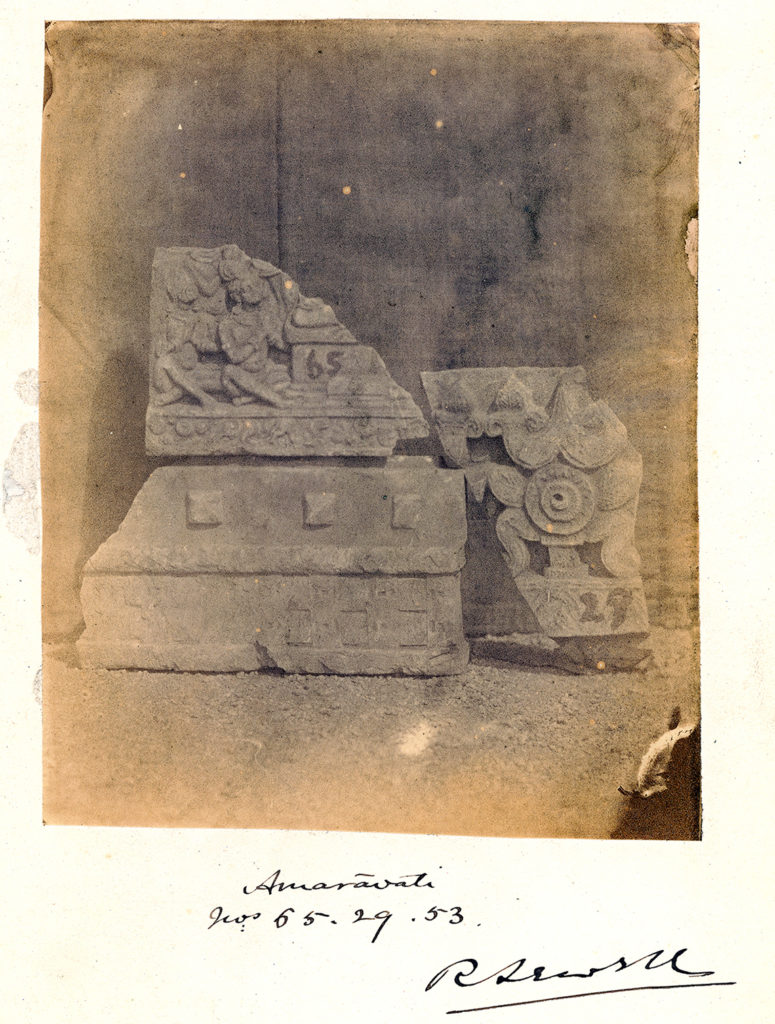[Photo.34/(010)] Amaravati (nos. 65, 29, 53)
Photograph of three sculptural and architectural fragments. The reference numbers allocated to the pieces refer to Robert Sewell’s ‘Report on the Amaravati Tope, and Excavations on its site in 1877’ (London, 1880) in which the pieces are described.
‘About 4 feet above the level of these stones [Nos. 26-28] in the bank behind them was found the next fragment. No. 29. (1 ft. 7 in. high by 1 ft. broad). One of the trisul emblems from a cornice of similar ornaments (F., XCIII., XCVII). It closely corresponds in style, size, and pattern of the band at its base with those seen in the lower right hand fargment of F., XCVII. It has been split off just above the animal frieze. (Photographed with Nos. 65 and 53).’
‘While the clearance of the platform was still going on we discovered the stone lying under No. 36, which I have referred to when describing that one. This I numbered 53. ‘No. 53. (2 ft. 4 in. by 1 ft. 4 in.) This is a fragment of the base of a small pillar having the half-disc on two of its sides, and somewhat similar to F., XC. 6. But it has been used to form part of the face of a building, its side being carved. It has a double band with a rail-pattern ornament. In the space above are three knobs like large nail heads. There is no other stone yet found having an sculpture like this, and I cannot assign it to any position at the Tope.’
‘The workmen who were engaged in clearing the earth from the platform to the north of the newly excavated portion found three more marbles lying on the platform near its outer edge (Nos. 65, 66, 67). ‘No. 65. (1 ft. 10 in. by 1 ft. 4 in.). A fragment of sculpture having, on a flower band, a number of persons adoring an enthroned Buddha, only a small piece of whose figure is seen. This may belong to the internal face of the upper frieze of the outer rail, or it may be one of those fragments assigned by Mr Fergusson to the central dagoba. (Photographed).’
Robert Sewell
‘Report on the Amaravati Tope, and excavations on its site in 1877’ (London, 1880, pp. 42-43, p. 49 and p. 50)
Faded print. Original negative not held. Part of a collection of twenty albumen prints mounted on card, with captions written in ink beneath the prints and all signed ‘R. Sewell’.

